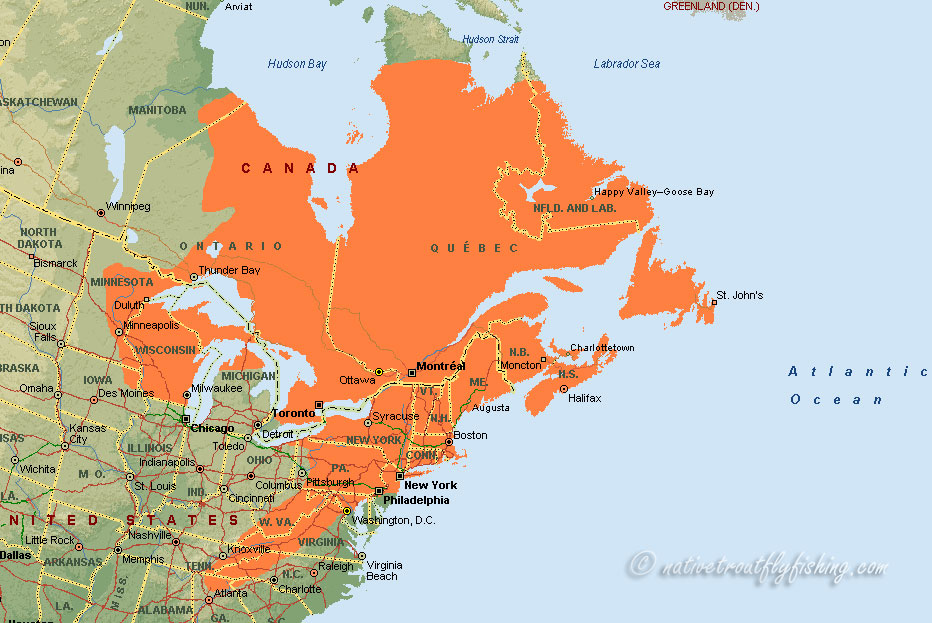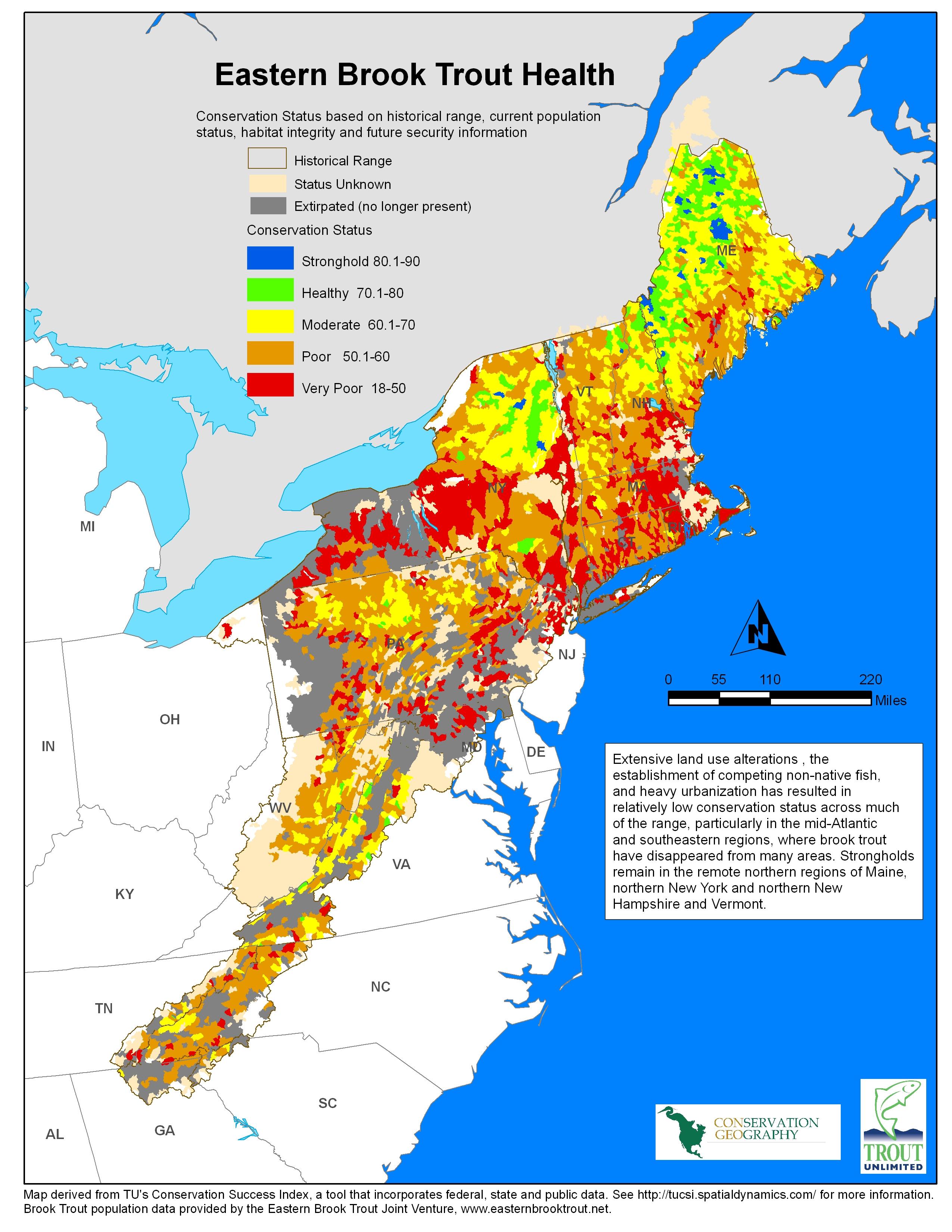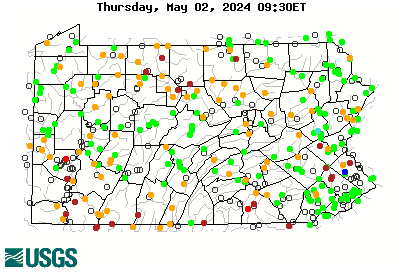geebee
Active member
- Joined
- Oct 24, 2012
- Messages
- 2,512
the link to the first quarterly newsletter is below - a lot of interesting scientific data and study reports, on schemes in MA, Cape Cod, Maine, NY and Long Island.
http://www.searunbrookie.org/wp-content/uploads/2013/03/Salter_Spring_2013.pdf
the results of the tagged fish studies are fascinating - both the wild and stocked fish that were tagged.
http://www.searunbrookie.org/wp-content/uploads/2013/03/Salter_Spring_2013.pdf
the results of the tagged fish studies are fascinating - both the wild and stocked fish that were tagged.








